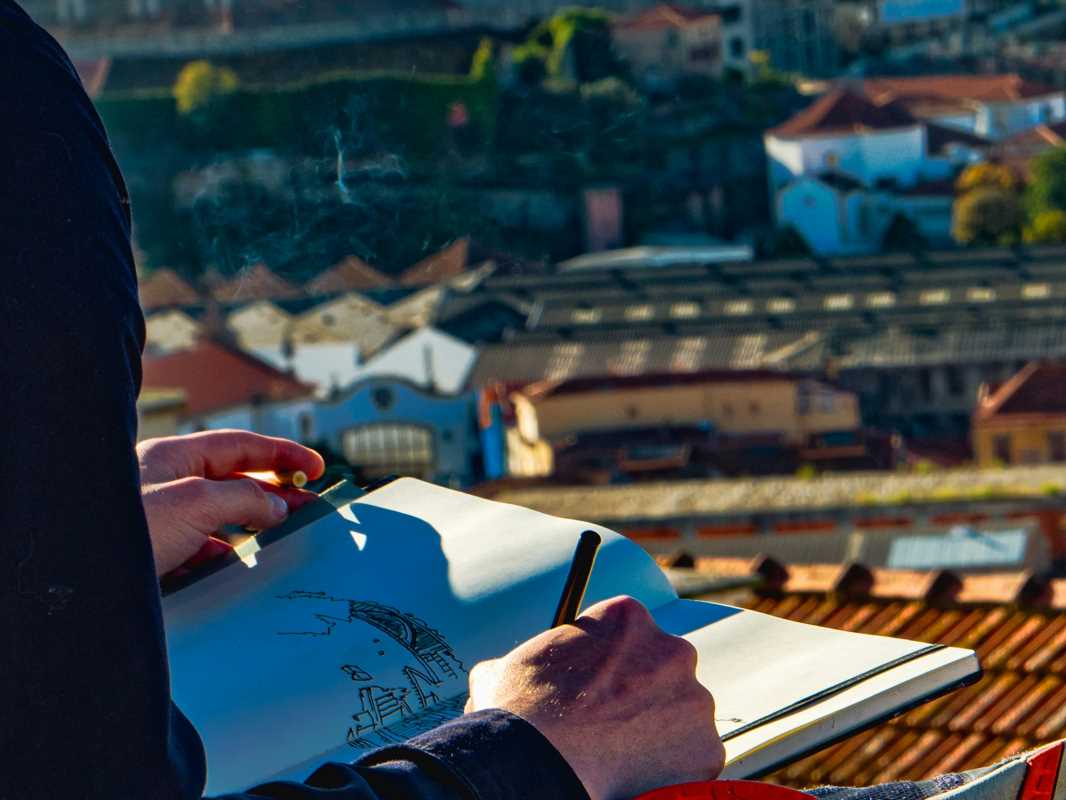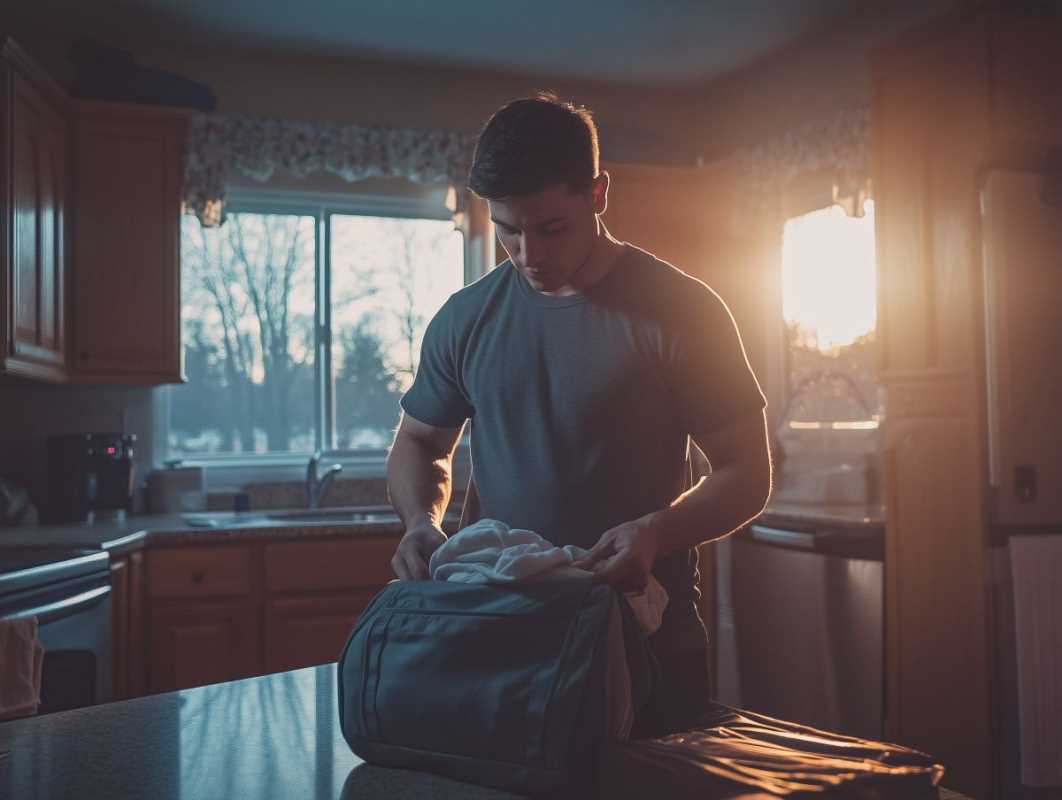Many people associate backpacking with expensive equipment and high costs, yet the heart of adventure lies in making the most of what you have. Early morning sunlight streams through tall spruce trees as you shoulder a simple pack and start along a winding trail. The path leads through secluded canyons and over creaky wooden bridges, each turn revealing fresh scenery and unexpected wonders. Traveling light allows you to experience nature more directly, appreciate the quiet moments, and enjoy the sense of freedom that comes with every step into the wilderness.
The moment when a map unfolds in your hand and you realize that every turn offers a surprise—that spark defines a truly memorable journey. You carry only essentials: a sturdy tent, a water filter, and a journal for nightly reflections. Nights under starlight become intimate storytelling sessions, and every sunrise reveals another painted sky. This is the appeal of well-paced exploration, where each campground feels like a personal invitation to wander further.
New Perspectives on Budget-Friendly Travel
Starting a budget adventure relies on curiosity rather than cost. Imagine swapping crowded viewpoints for hidden overlooks reached via narrow side paths, or sampling street vendors’ seasonal dishes instead of dining halls. Adjusting your pace—lingering at small hamlets, chatting with locals over steaming cups of tea—uncovers cultural rhythms that guidebooks often overlook. Volunteer-led free walking tours can illuminate neighborhood histories linked to memorable street art, while community farms sometimes accept barter labor for fresh vegetables and lodging.
One clever tip: checking online local events calendars uncovers impromptu music nights in tiny villages where the cost of admission is just a curiosity. Engaging in informal language exchanges over board games turns simple evenings into memorable immersions in regional dialects. Pair these experiences with basic solar chargers and refillable water bottles, and you create a style of travel that turns frugality into creative freedom.
By changing how you view value, your journey shifts from tallying receipts to collecting stories: the graffiti artist who paints murals with reclaimed wood, the shepherd humming ancient chants on glacier ridges, and the retired librarian guiding you through a canyon library carved from limestone. Each story becomes the true currency of your trek, enriching every mile walked and every sunset watched.
Seven Budget-Friendly Treks to Explore
Tour du Mont Blanc – Europe
- Traverses France, Italy, and Switzerland with glacier views and alpine meadows.
- Costs: Camping fees average €5–10 per night at simple refuges.
- Savings Tip: Forage wild berries to cut snack costs.
- Insider Tip: Start from Champex-Lac to avoid peak crowds and find free parking spots near trailheads early in the morning.
Great Western Loop – United States
- Connects five national parks, passing through desert canyons and mountain passes.
- Costs: Primitive campsites under $3 per night.
- Gear Note: Carry a lightweight filter for rare water sources and plan refills around ranger station caches.
- Insider Tip: Hike counter-clockwise to tackle steep ascents in cooler morning hours and camp near stock troughs for reliable water supplies.
Camino de Santiago Francés – Spain
- Historic pilgrimage route passing olive groves and medieval landmarks.
- Costs: Shared pilgrim dorms as low as €6 per night; pilgrim menus around €10.
- Tradition: Collect stamps in a pilgrim passport en route.
- Insider Tip: Start in Sarria for a shorter 110km route that still earns the Compostela certificate, avoiding overcrowding from Pontarlier departures.
Kungsleden – Sweden
- Northern trail through Arctic tundra and Lapland wilderness.
- Costs: Tourism board huts at SEK 75 per bed.
- Gear Tip: Bring a rechargeable power bank and foldable cook stove.
- Insider Tip: Hike outside peak season (late May or early September) to find snow-free paths and empty cabins, while aurora forecasts increase.
Te Araroa – New Zealand
- Long-distance trail across both islands, featuring volcanic terrain and coastal dunes.
- Costs: DOC campsites charge NZD 5.50; communal cooking shelters included.
- Booking Tip: Reserve Great Walk huts early online to avoid high walk-in prices.
- Insider Tip: Use shuttle services among trampers to avoid costly bus transfers in remote areas.
Pennine Way – United Kingdom
- Runs from Derbyshire to Scotland, crossing hills, moors, and peat bogs.
- Costs: Youth hostels offer beds for £12–18; wild camping allowed with discretion.
- Packing Tip: Carry wool layers and waterproof trousers to stay light.
- Insider Tip: Use village noticeboards to find rides or share food costs with fellow walkers, especially on the moorland stretches.
A.T. Southern Terminus to Springer Mountain – United States
- A 78-mile Georgia section of the Appalachian Trail ideal for first-timers.
- Costs: State park sites at $5 per night.
- Scenic Bonus: Ridge-top vistas at dawn energize each day.
- Insider Tip: Coordinate with trail towns to resupply gear by visiting local post offices, avoiding long detours.
Useful Gear and Local Tips to Save Money
- Thin-Insulated Sleeping Pad: Ultralight pads replace bulk with warmth using foam cores instead of air chambers. Find used pads in community swap groups or gear libraries where borrowers return items in good condition, often for a small donation. This approach cuts costs while providing reliable insulation on cold ground.
- Community Market Cookstove: Instead of buying name-brand backpacking stoves, repurpose small camping stoves found at local markets. These units often burn wood or small fuel canisters sold by farmers by weight. Use a compact metal pot for one-pan meals to minimize cleaning supplies and rinse stations.
- Modular Clothing Layers: Shop secondhand stores in trail towns for lightweight merino or synthetic shirts and socks with minor wear. Local volunteers trade garments in exchange for trail information. Packing fewer core items creates space for souvenirs and reduces laundry needs along the way.
- Water-Cache Networks: Search regional hiker forums for community-maintained water caches hidden near springs. Volunteers refill jugs, saving you from carrying extra liters. Always treat or filter water before drinking, and log cache locations on your map for future visits.
- Volunteer Trail Maintenance: Organizations often seek short-term helpers to rebuild eroded boardwalks or clear fallen trees. They cover food and basic lodging costs in return. Sign up early to align with trail maintenance schedules and enjoy a break from cooking duties.
With these routes and tips, you can turn each dollar into memorable journeys and connections. Pack curiosity, travel light, and discover how far your urge to explore takes you.
 (Image via
(Image via





